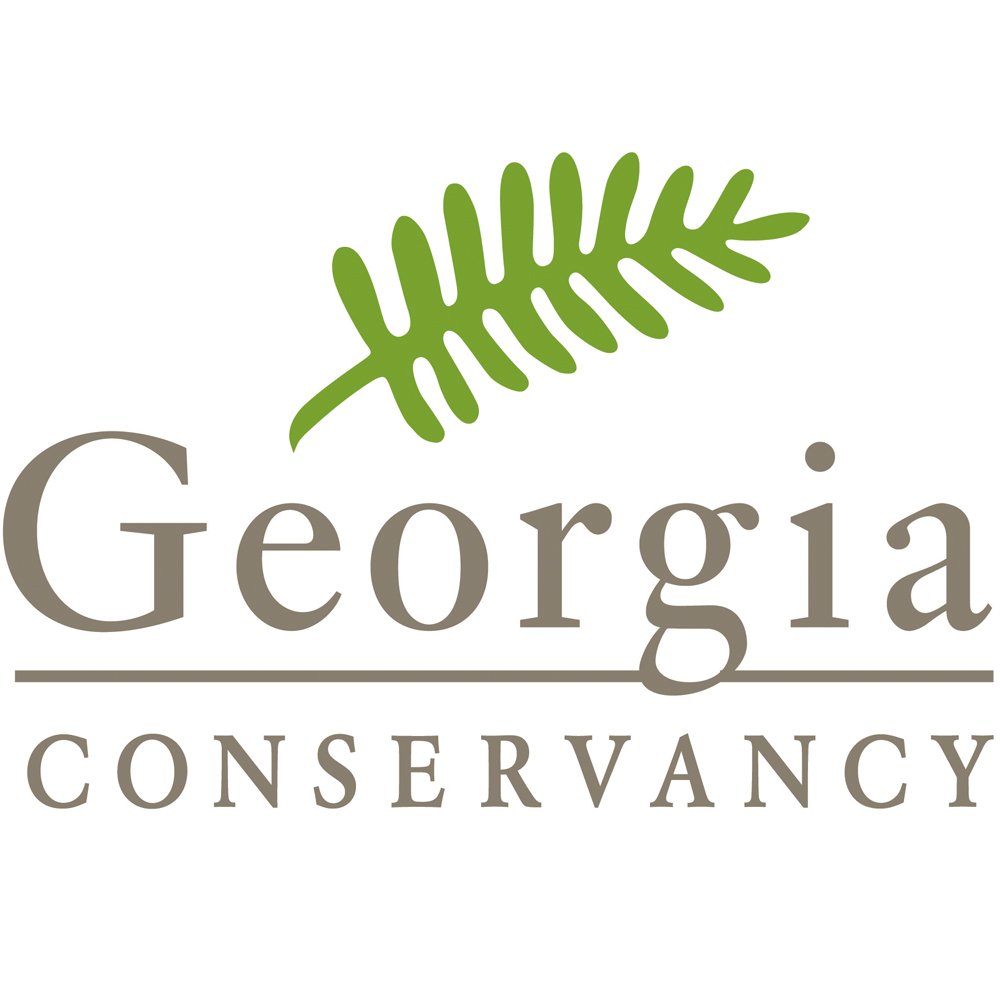Blueprints: School Siting + Design
School location choice/decisions and design (school siting) affect everyone who lives, works or plays in a community. It is of central importance in planning and maintaining sustainable places. As schools become larger, they often become more disconnected with the communities they serve.
Mega-campuses are replacing community-centered schools, taking with them community sustainability. Since 2011, the Georgia Conservancy’s Sustainable Growth program has been working to further understand the depths of this issue and has provided education and technical assistance across the state and nationally, thanks to funding from the Environmental Protection Agency (EPA) and the Kaiser Foundation Health Plan of Georgia, Inc.
In 2014, the Georgia Conservancy sponsored a Georgia Tech City and Regional Planning graduate level studio to examine school siting issues and identify best practices of siting and coordination at the state and local level. Many factors drive school siting decisions, and those choices can have a ripple effect in the community.
In order to investigate the “who, what, when, where, and why of school siting issues,” the studio’s research focused on three main topics: Design and Location, Accessibility, and Coordination.
The Georgia Conservancy’s Blueprints for Successful Communities team compiled an overview of current conditions, examples of alternatives and best practices based on a review of case studies, an assessment of the existing systems in Georgia in light of these best practices and recommendations based on the findings of the assessment.
The studio examined:
The relationship between school location and development patterns and the transportation infrastructure necessary to serve the new schools,
The secondary impacts of these investments and the designs of the school campuses on land use, development patterns, transportation options, environment, healthy living, and community development, and
The determinants of school location, with particular attention to its policy and planning determinants and the ways the school boards address these determinants.
There is no doubt that school sizes and sites are getting bigger for many reasons.
The question is, “is this necessary?”
Historically, schools have functioned as the heart of the neighborhood or the greater community they serve. Unfortunately, this is often no longer the case in many communities across Georgia and the rest of the United States.
Different local and state policies influence how a school is designed and located. However, these policies do not allow flexibility to address a community’s needs or the local environment. To address this, the studio’s research examined questions related to site size, design and the impacts of site location.
Interdependent relationships exist between school amenities, their functions, and the amount of land schools occupy. Across Georgia, the average school footprint has grown significantly over time.
Nationally, school facilities have decreased in number, but the number of students being served by public schools is on the rise. As a result, schools have had to accommodate larger enrollments in elementary, middle and high schools. While some communities have been able to retain smaller neighborhood schools, others face school enrollments that may exceed 3,000 students in a single high school.
This is alarming for several reasons. There are growing demands for larger school facilities that alleviate enrollment increases and that accommodate growing academic program requirements. Enrollment not only determines the number of classrooms in the building; it also drives the size of the school catchment area. Bigger enrollments require bigger catchment areas and greater student travel distances.
Larger schools require more land, which may not be available in the heart of the community. Our state has policies that dictate a minimum acreage for school sites. Those realities, along with enrollment pressures and program requirements, often result in “school sprawl.” While larger sites may be necessary to accommodate the needs of some schools, the design studio realized that there may be more flexible ways to decide how large a school really needs to be. Quality planning that reduces the size or even the number of schools can help conserve land, resources and capital for other uses.
This Blueprints studio won the American Planning Association Georgia Chapter’s Outstanding Student Project Award in 2015.
For more information on the Georgia Conservancy’s School Siting efforts, please visit www.georgiaconservancy.org/schoolsiting or reach out to Georgia Conservancy President Katherine Moore at kmoore@gaconservancy.org.







